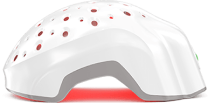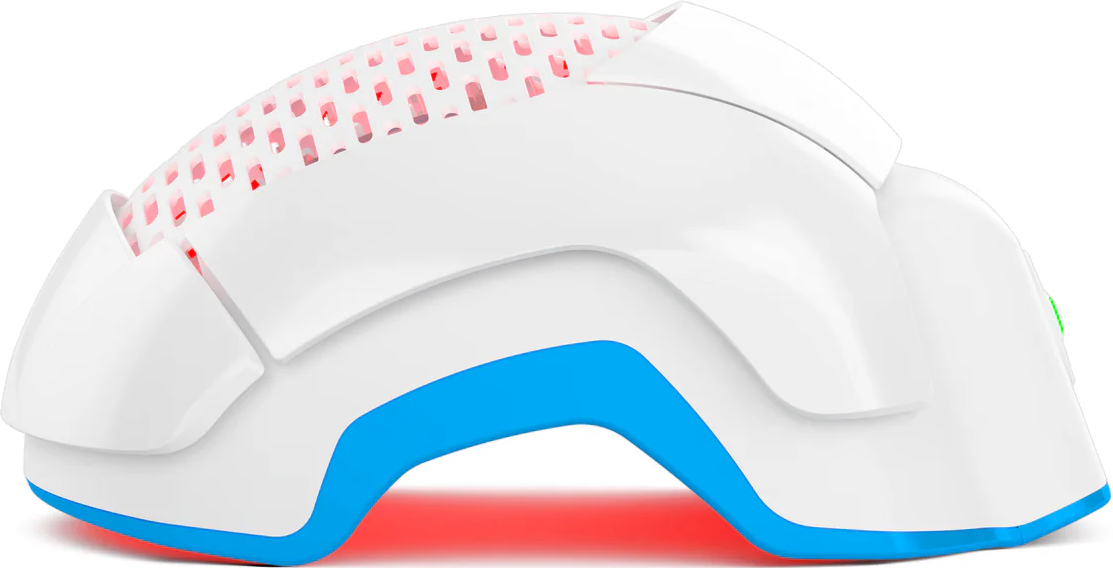Hair loss is an emotional journey, and finding a style that feels authentic and empowering is an important part of regaining confidence throughout it. The first major choice you’ll make along this path is deciding on your hair length.
This is because the length of your hair can change how you feel to a large extent, but not every look works for every person. Your face shape, hair texture, and the time you’re willing to invest in maintenance all influence what will best suit you. This hair length chart will help you with these considerations.
How to Measure Your Hair Length?
To check how long your hair falls against your face and body, you simply place a measuring tape at the crown of your head and follow it down to the ends of your hair. To get your actual hair length, brush your hair thoroughly before measuring it while fully extending the strands.
Hair Length Chart
1. Short Hair
Short styles are the most low-maintenance option since they’re quick to wash, easy to detangle, and simple to moisturize. On the flip side, shorter cuts might need extra styling products to hold their shape. If this applies, then be sure to cleanse your scalp and hair regularly so that buildup doesn’t block your follicles.
Ear-Length Hair

Falling around 4-6 inches, this length includes pixie cuts and short bobs. Depending on the cut, it can feel fresh and youthful or carry a chic retro vibe. Round, square, and oval face shapes will wear it best. A touch of styling product can transform the look, but even a natural, slightly tousled finish will shine with a well-cut style.
Chin-Length Hair

With lengths between 8-12 inches, chin or neck-length hair gives you a lot of flexibility. It’s short enough for edgy, layered looks, yet long enough for a polished bob. Straight hair can be curled or waved for movement, and curls can be straightened for a shoulder-skimming effect. This versatile length will flatter oval, heart-shaped, and round faces.
2. Medium Hair
Medium-length hair strikes a balance between ease and versatility. It’s short enough to wash, dry, and detangle without much effort, though still long enough to style in many, many ways. It’s basically the perfect middle ground; practical but never boring.
Shoulder-Length Hair

Ranging from 13-15 inches, shoulder-length hair is a go-to choice for its universal appeal. It will flatter every face shape and offer endless styling possibilities. From sleek lobs and tousled waves to layered shags, fringes, ponytails, and buns. If you’re unsure which cut will suit you best, this length can do it all.
Armpit-Length Hair

Measuring about 16-18 inches, armpit-length hair is both feminine and adaptable. With the right cut, whether it’s layers, curtain bangs, shaggy textures, or butterfly styles, it can complement any face shape. Keep in mind, though, that longer strands need extra care. Regular detangling and moisturizing are essential to prevent dryness, breakage, and split ends.
3. Long Hair
Long hair is beautiful but demanding. Because it’s older and more exposed to the elements than shorter lengths, it needs extra attention. Specifically, regular brushing, cleansing, hydration, and styling. Frequent washing is ideal for scalp health and dandruff prevention, but drying long hair is a big commitment.
Mid-Back-Length Hair

Hair that falls to the mid-back (about 20-25 inches) offers a soft, romantic look. Layers or shaggy cuts enhance natural waves, and straight textures benefit from added movement at the ends or a half-up, half-down style for dimension. This length flatters round, square, and heart-shaped faces.
Waist-Length Hair

At 26-30 inches, waist-length hair is considered very long. It works best for women with thicker hair, since thinning hair at this length can appear sparse. Many wear it straight, as the weight naturally relaxes curls and waves. For more body and shape, a graduated layered cut is a good choice, especially for heart, diamond, and round face shapes.
Tailbone-Length Hair

Reaching 31-35 inches, tailbone-length hair, like waist-length, is mostly seen on straighter textures. When thick and healthy, it can look stunning left to flow freely, though keeping it loosely braided or tied back helps prevent tangling and matting. This dramatic length will complement square, round, and heart-shaped faces.
How to Grow Longer, Thicker Hair
If you’re suffering from hair loss or simply want to get lower down on the hair length chart, low-level laser therapy (LLLT) is the best option. It’s a non-invasive treatment which uses light energy to stimulate hair follicles. From there, it improves blood flow to increase follicle activity, giving you more healthy and consistent growth.
In 2016, Theradome conducted a groundbreaking clinical trial to evaluate the safety and effectiveness of laser phototherapy for treating androgenetic alopecia. This landmark study was the first of its kind to provide clear, clinical evidence that our device stops hair loss, thickens existing hair, and stimulates new hair growth—safely and effectively.
As such, the most recommended device in this area is the Theradome PRO LH80 due to its FDA-clearance and the fact that it’s designed for at-home use. Likewise, it delivers powerful, full-scalp coverage and has no known side effects. The cordless, lightweight design makes it incredibly convenient, and with a one-time investment, you can seamlessly put it into your routine. Given its 98% customer satisfaction rate, why not take the next step toward stronger, thicker hair today?






















